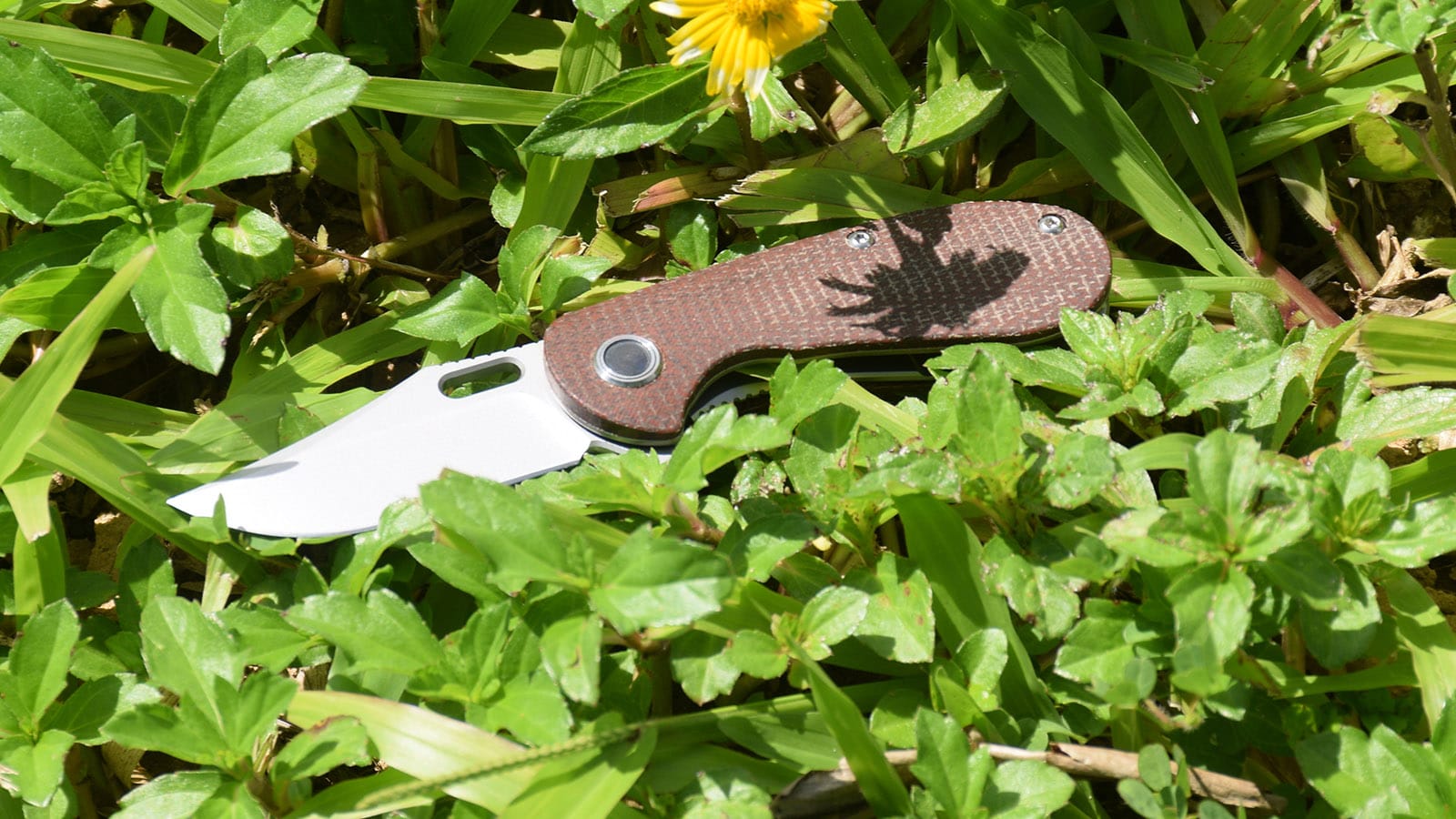Learning how to hold a pocket knife correctly is essential for both safety and effectiveness. Whether you’re using a folding knife for everyday tasks or outdoor activities, proper grip technique can prevent accidents and improve cutting precision. This guide will teach you professional methods for holding and using pocket knives safely.
What Is the Safest Way to Hold a Pocket Knife?
The safest way to hold a pocket knife starts with a proper handle grip. Your dominant hand should have a firm but relaxed grip around the handle, with your thumb and index finger positioned near where the handle meets the blade. This provides maximum control over the knife while keeping your fingers safely away from the cutting edge.
Understanding Basic Pocket Knife Grip Techniques
When using an EDC knife, the handle grip is your foundation for safe cutting. Place your fingers around the handle with your thumb positioned on one side and your remaining fingers wrapped around the other. This creates a stable platform for controlled cutting motions.
How Does Handle Material Affect Your Grip?
Different knife handle materials can impact how you hold the knife. A textured G10 handle provides excellent grip even in wet conditions, while smooth wooden handles might require a firmer hold. Choose a knife with a handle material that feels secure in your hand.

Demonstrating proper pocket knife grip technique with a G10 handle folding knife
What’s the Best Grip for Different Cutting Tasks?
The blade grip varies depending on your cutting task. For detailed work, choke up on the handle with your index finger and thumb closer to the blade. For more powerful cuts, grip further back on the handle to leverage more force while maintaining control over the knife.
Common Mistakes When Holding a Pocket Knife
Many beginners make the mistake of gripping the knife too tightly or placing their fingers too close to the blade edge. A proper knife grip should feel natural, like you’re holding a pen or pencil. Avoid resting your index finger along the spine of the knife unless the blade has a dedicated thumb ramp.
Safety Tips for Using Your Guide Hand
Your non-dominant hand is just as important as your knife hand. Keep your fingertips curled away from the cutting path, forming a claw shape. This protects your fingers while stabilizing the material you’re cutting. Never place your guide hand in front of the blade’s path.
How to Maintain Control During Different Cuts
Whether you’re using a custom pocket knife for slicing, chopping, or detailed work, maintaining proper control is crucial. Adjust your grip pressure based on the task – lighter for precise cuts, firmer for tough materials. Let the knife’s weight do the work rather than forcing the blade.
Adapting Your Grip for Various Pocket Knife Designs
Different knife lock types and blade styles may require slight modifications to your grip. For example, a knife with a liner lock might need a slightly different thumb position than one with a frame lock. Familiarize yourself with your knife’s specific features.
Building Confidence with Practice Techniques
Practice your knife skills with simple tasks first. Start with straight cuts on soft materials, then gradually progress to more complex cutting patterns. Focus on maintaining consistent control and keeping your fingers safely positioned at all times.
Professional Tips for Advanced Knife Handling
As you become more comfortable with basic grips, you can experiment with variations for specific tasks. Remember that proper knife handling is about efficiency and safety rather than speed. A controlled, deliberate cutting motion is always better than a rushed one.
Key Points to Remember:
- Always maintain a secure but relaxed grip on the knife handle
- Keep your guide hand’s fingers curled away from the blade path
- Adjust your grip based on the cutting task and knife design
- Practice basic techniques before attempting advanced cuts
- Choose a knife with handle material that provides good grip
- Never force the blade – let the knife’s edge do the work
- Regular practice will help develop muscle memory
By mastering these pocket knife handling techniques, you’ll be better equipped to safely and effectively use your knife for various tasks. Remember that proper grip is the foundation of safe knife use, whether you’re using a basic folding knife or a premium EDC knife.




